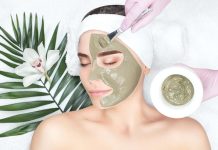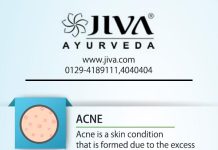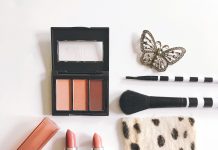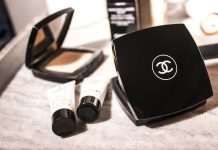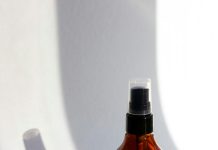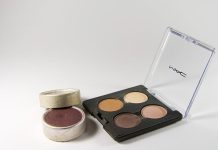In the ever-evolving world of skincare, few ingredients have garnered as much attention as retinol. Celebrated for its remarkable anti-aging properties, this vitamin A derivative is hailed as a game-changer in the quest for youthful skin. However, integrating retinol into your skincare routine requires a thoughtful approach to harness its full potential without overwhelming your skin. In this article, we’ll guide you through the art of incorporating retinol, unveiling the secrets to unlocking its rejuvenating benefits while maintaining a harmonious skincare regimen. Whether you’re a seasoned skincare enthusiast or a curious newcomer, discover how retinol can become your trusted ally in the fight against time.
Understanding Retinol: The Anti-Aging Powerhouse
Retinol, a derivative of vitamin A, is celebrated for its remarkable ability to revitalize the skin. By promoting cell turnover and boosting collagen production, it effectively reduces the appearance of fine lines and wrinkles. Key benefits of retinol include:
- Improved Skin Texture: Helps smooth rough patches and refine pores.
- Even Skin Tone: Fades hyperpigmentation and dark spots.
- Enhanced Firmness: Supports skin elasticity and suppleness.
When incorporating retinol into your routine, start with a low concentration to minimize irritation. Apply it at night, as it can increase sun sensitivity, and always follow with a broad-spectrum sunscreen during the day. For optimal results, gradually increase usage, allowing your skin to adapt to this potent ingredient.
Choosing the Right Retinol Product for Your Skin Type
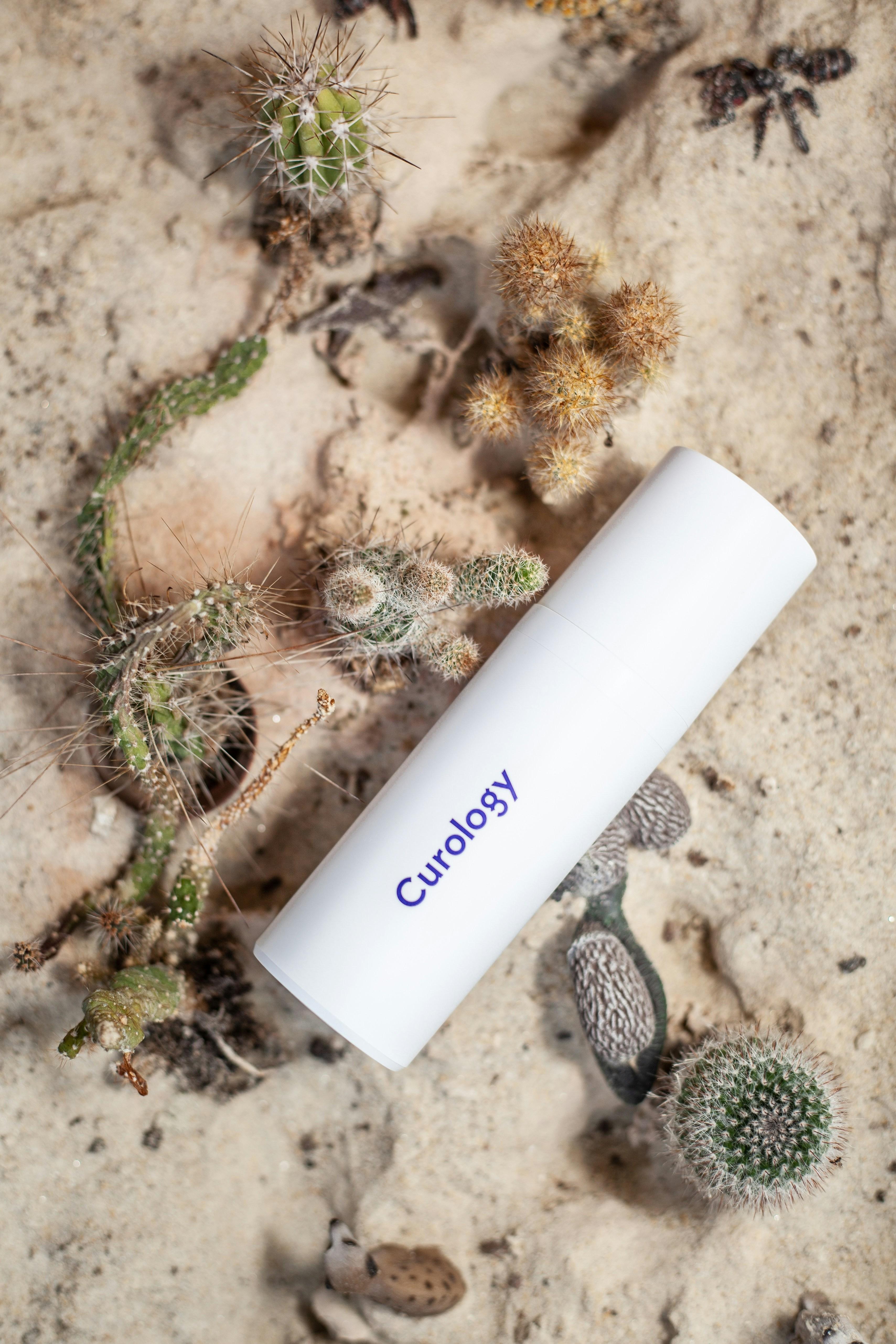
When selecting a retinol product, understanding your skin type is crucial to maximize its anti-aging benefits. For those with sensitive skin, consider starting with a low concentration retinol or a product containing retinyl palmitate, which is gentler and less likely to cause irritation. Pairing it with soothing ingredients like aloe vera or chamomile can also help mitigate potential redness.
- Dry Skin: Opt for retinol creams or serums that include hydrating components such as hyaluronic acid or glycerin.
- Oily Skin: Look for lightweight, oil-free formulations that won’t clog pores. A gel-based retinol might be ideal.
- Combination Skin: Balance is key. Consider alternating retinol use with other moisturizing products to avoid over-drying certain areas.
Remember, it’s important to gradually introduce retinol into your routine, allowing your skin time to adjust and avoiding potential over-exfoliation.
Step-by-Step Guide to Introducing Retinol into Your Routine
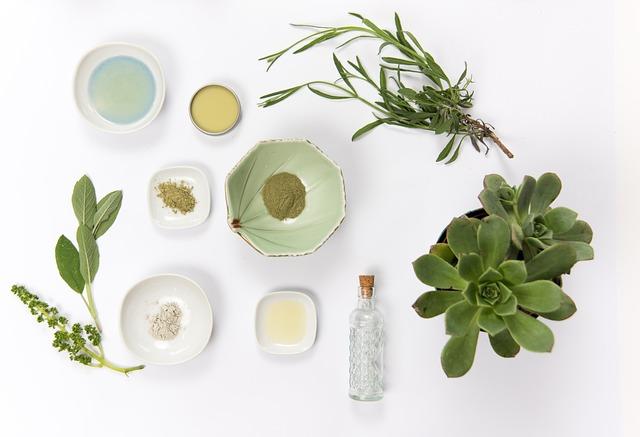
Begin by selecting a retinol product with a lower concentration, ideally around 0.25% to 0.5%, especially if you’re a beginner. This allows your skin to gradually build tolerance. Apply it at night, as retinol can increase sensitivity to sunlight. After cleansing and drying your face, use a pea-sized amount and gently apply it to your skin, avoiding the eye area.
Integrate retinol into your routine slowly. Start by using it twice a week and gradually increase the frequency as your skin adjusts. Keep in mind the following tips:
- Always follow up with a moisturizer to minimize dryness.
- Consider alternating with a hydrating serum on non-retinol nights.
- Sunscreen is a must every morning to protect your skin from UV damage.
Common Mistakes to Avoid When Using Retinol
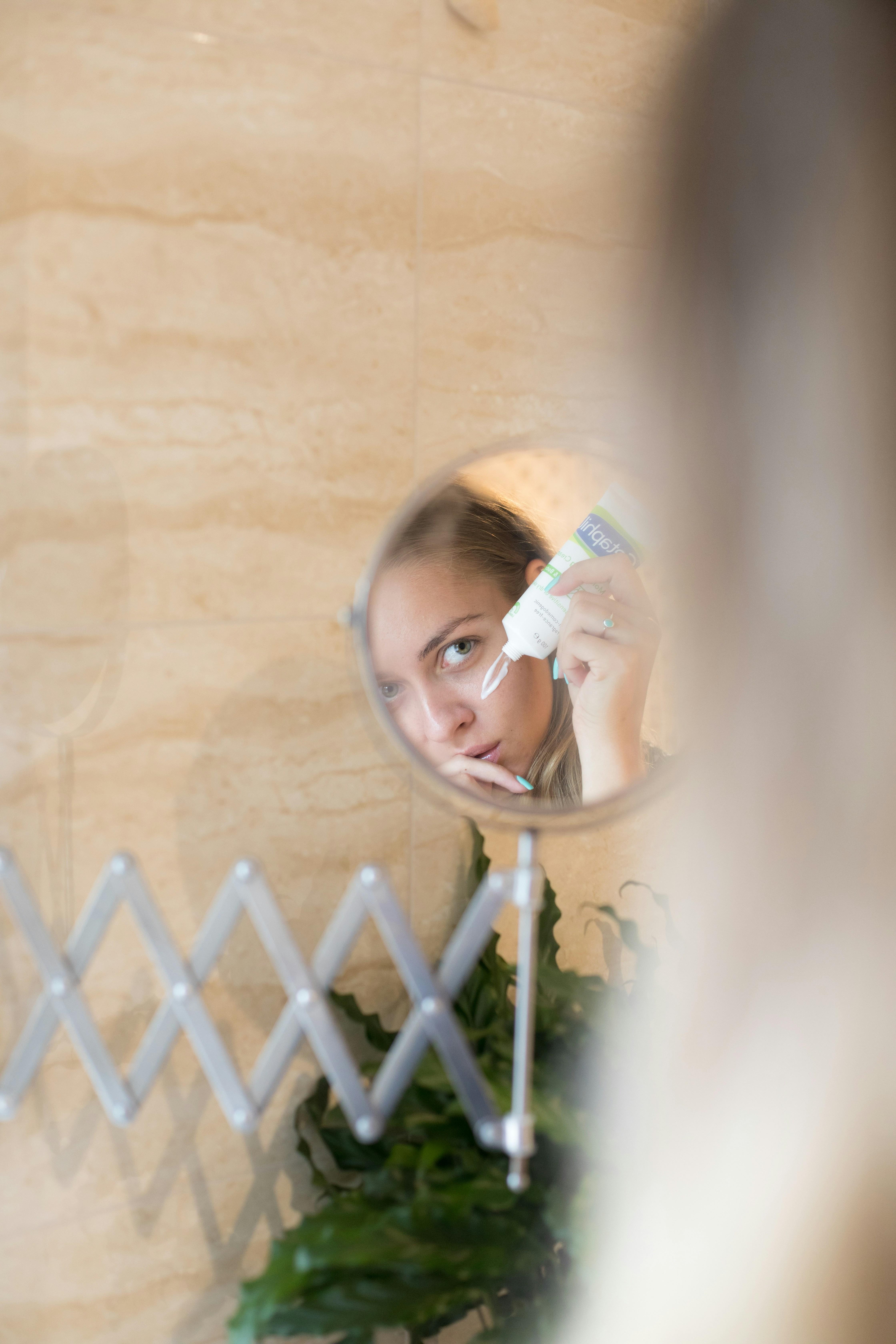
- Starting Too Strong: One of the most common pitfalls is diving into high concentrations of retinol too quickly. This can lead to irritation, redness, and peeling. Begin with a lower percentage and gradually increase as your skin builds tolerance.
- Skipping Sunscreen: Retinol can increase your skin’s sensitivity to the sun, making daily SPF application crucial. Skipping sunscreen can lead to sun damage, counteracting the anti-aging benefits you’re aiming for.
- Using Too Much Product: A pea-sized amount is generally sufficient for your entire face. Overusing retinol can overwhelm your skin and exacerbate side effects.
- Mixing with Incompatible Ingredients: Be cautious about combining retinol with other potent actives like AHAs, BHAs, or vitamin C, which can irritate your skin. It’s best to use them at different times or on alternate days.
- Expecting Immediate Results: Retinol requires patience. It can take several weeks to see noticeable improvements. Avoid the mistake of expecting overnight miracles, and give your skin time to adapt and transform.

